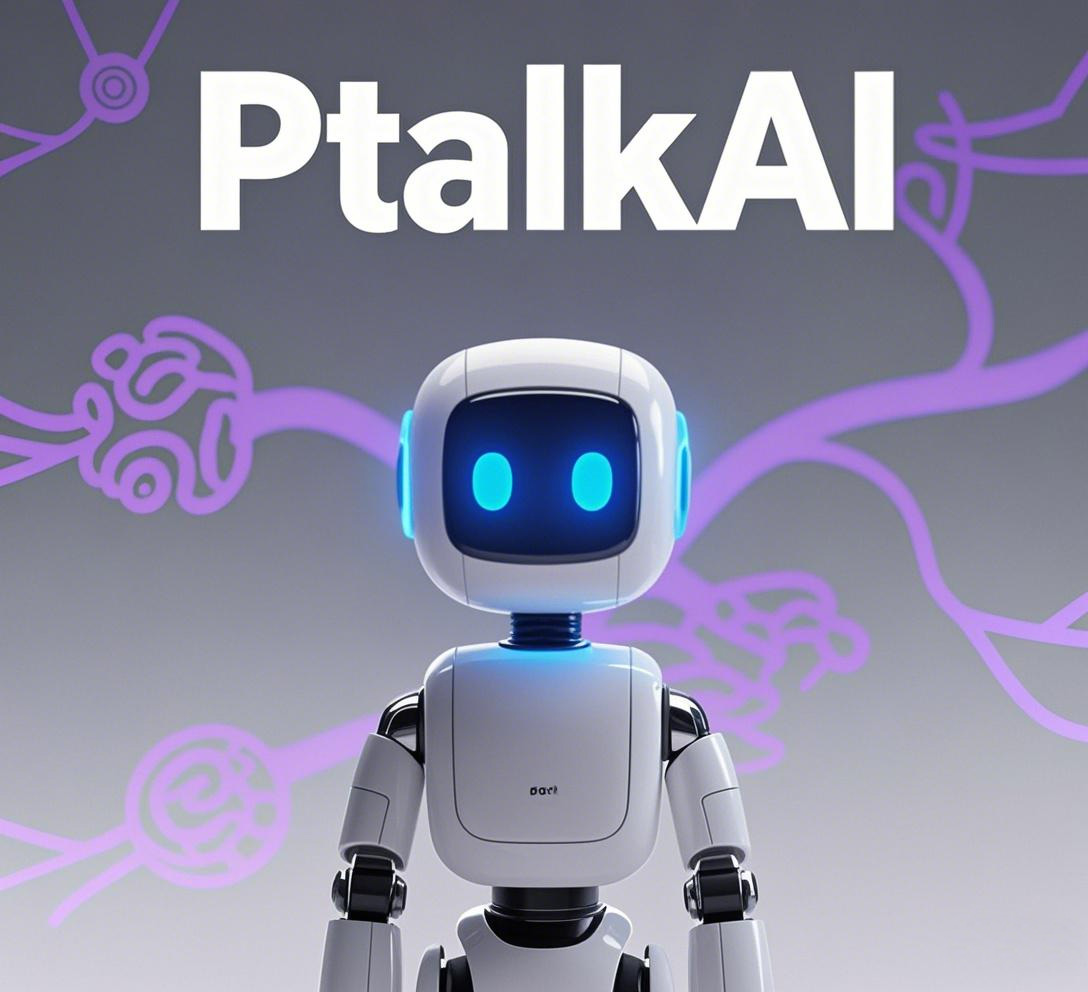Ptalk AI's Emotion Recognition Technology: A More Intimate Interaction Experience
At the core of Ptalk AI's emotion recognition technology lies a combination of advanced algorithms and data - driven models. It analyzes multiple aspects of user input, including language tone, choice of words, speech patterns, and even non - verbal cues in some cases (when integrated with video or voice - based interfaces). Natural language processing (NLP) algorithms play a crucial role in dissecting the textual content of user messages. For example, certain words and phrases, such as “frustrated,” “disappointed,” or “excited,” are clear indicators of emotions. However, the technology goes beyond simple keyword detection. It examines the overall context of the conversation, the intensity of language use, and how words are strung together to gauge the depth of emotion.
In addition to text analysis, Ptalk AI also utilizes speech analysis for emotion recognition. It can detect variations in pitch, tone, speed, and volume in a user's voice. A raised pitch and rapid speech might indicate excitement or anger, while a slow, monotone voice could suggest boredom or fatigue. By integrating these different data sources and analyzing them in real - time, Ptalk AI can accurately identify a wide range of emotions, from happiness and sadness to frustration and confusion.
The application of Ptalk AI's emotion recognition technology in various scenarios brings about significant improvements in user experience. In customer service, it transforms the interaction dynamics. When a frustrated customer contacts a company about a product issue, Ptalk AI - powered chatbots can immediately detect the anger or dissatisfaction in the customer's message. Instead of providing a generic, automated response, the chatbot responds empathetically. It might start with an apology like “I'm truly sorry to hear that you're having such a frustrating experience. I'm here to help resolve this issue as quickly as possible.” This empathetic approach helps to soothe the customer's negative emotions, builds trust, and makes the customer feel valued. As a result, the likelihood of resolving the issue amicably and retaining the customer increases significantly.
In the field of mental health support, Ptalk AI's emotion recognition technology offers a new level of assistance. It can act as a listening companion for individuals experiencing stress, anxiety, or depression. By recognizing the emotional state of the user, it can provide appropriate support and advice. For example, if a user expresses feelings of sadness and helplessness, Ptalk AI can offer words of encouragement, suggest relaxation techniques, or even recommend professional help resources in a gentle and understanding manner. This personalized support can make a significant difference in the user's mental well - being, offering a sense of comfort and support when they need it most.
In the realm of education, Ptalk AI's emotion recognition technology helps educators better understand students. When integrated into educational platforms, it can detect if a student is feeling overwhelmed by a difficult assignment or disengaged during an online lesson. Teachers can then intervene in a timely manner, offering additional support or adjusting the teaching approach to better suit the student's emotional state. For instance, if a student seems frustrated while working on a math problem, Ptalk AI can notify the teacher, who can then provide more detailed explanations or additional practice materials, ensuring that the student's learning experience remains positive.
However, the development and implementation of emotion recognition technology also face challenges. One of the main issues is ensuring the accuracy of emotion detection across different cultures and languages. Emotional expressions can vary significantly depending on cultural backgrounds, and words that convey emotions in one language may not have the same connotation in another. Ptalk AI needs to continuously adapt and expand its models to account for these cultural and linguistic differences. Additionally, privacy concerns related to the collection and analysis of personal data used for emotion recognition need to be addressed. Users must be assured that their emotional data is handled securely and ethically.
Looking ahead, the future of Ptalk AI's emotion recognition technology is promising. As technology continues to advance, we can expect even more accurate and nuanced emotion detection capabilities. It may integrate with emerging technologies such as virtual reality and augmented reality to create more immersive and empathetic experiences. For example, in a virtual therapy session, Ptalk AI could use emotion recognition to adjust the virtual environment and the nature of the conversation based on the user's emotional state, providing a more personalized and effective therapeutic experience.
In conclusion, Ptalk AI's emotion recognition technology has the potential to reshape the way we interact with artificial intelligence, offering a more intimate, empathetic, and personalized experience. While challenges remain, with continuous research and development, this technology will undoubtedly play an increasingly important role in various fields, enhancing user satisfaction, improving service quality, and contributing to the well - being of individuals.














